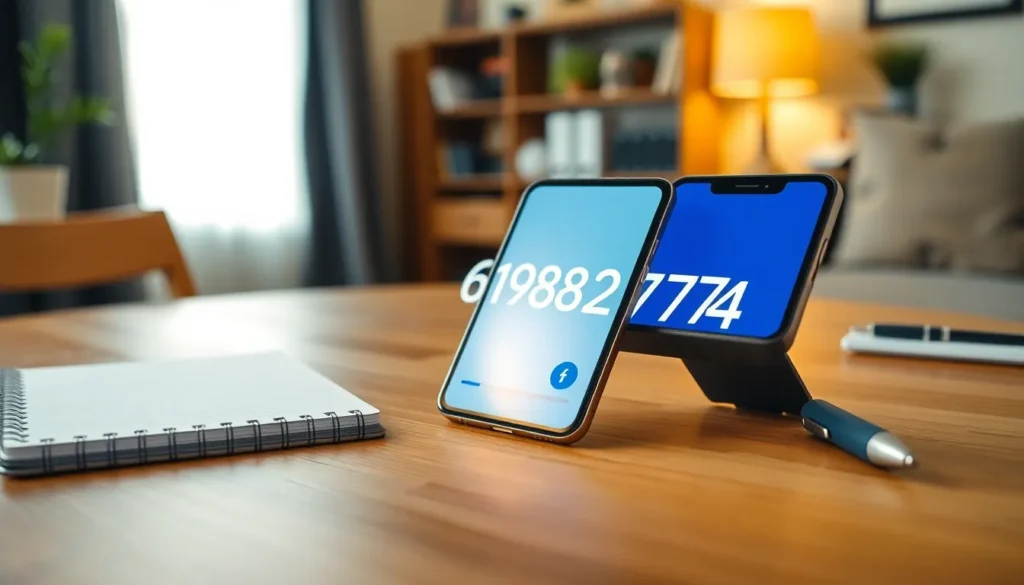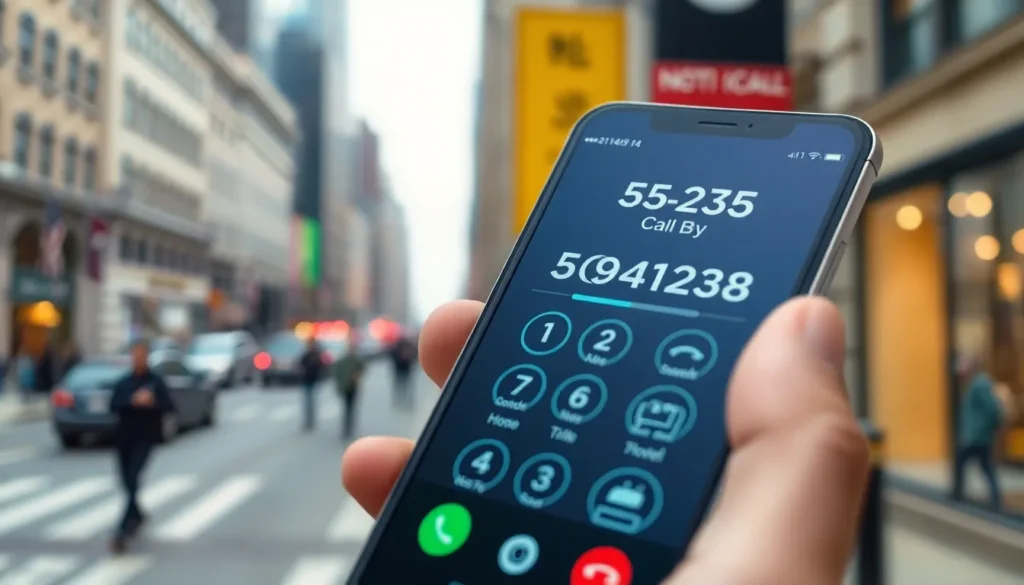In a world where texting has become the primary form of communication, the question looms large: Can an iPhone tell if an Android user has read a text? Picture this: you send a heartfelt message to a friend, only to be left hanging in suspense, wondering if they’ve seen it or if they’re just playing hard to get. It’s enough to drive anyone a little bonkers!
Table of Contents
ToggleOverview of Text Messaging Between iPhone and Android
Text messaging between iPhone and Android devices presents distinct challenges. iPhone users cannot track whether an Android user has read their message. This absence of read receipts leads to confusion. Senders often wonder if their message was seen or simply ignored.
Devices utilize different messaging protocols. iPhones use iMessage for sending messages, while Android relies on SMS or MMS. iMessage provides features like read receipts and typing indicators, creating a seamless experience for Apple users. Android, however, lacks a universal feature for confirming message status across different brands.
Many messaging applications exist to bridge these gaps. Apps like WhatsApp, Facebook Messenger, and Signal offer cross-platform capabilities. Users can send messages and see read receipts, regardless of their operating system. Such applications enhance communication between iPhone and Android users.
Text messaging experiences vary significantly. Trust in whether messages have been acknowledged impacts user satisfaction. A sender might feel anxious without confirmation that their message was read. Such uncertainty can affect personal and professional relationships.
The messaging environment remains fragmented. Users seeking confirmation of message status often need to adopt third-party apps. Exploring alternative solutions may enrich interactions between different device users. Ultimately, understanding these dynamics can lead to improved communication strategies.
How iPhone Text Messaging Works
Text messaging on iPhones primarily utilizes iMessage and standard SMS/MMS protocols. The differences between these systems greatly impact communication with Android devices.
The Role of iMessage
iMessage operates exclusively on Apple devices, providing users with enhanced features like read receipts and typing indicators. Users can view when their messages are delivered, read, or even being typed. iMessage enhances user experience through encryption, ensuring secure communications. This system creates a seamless environment for iPhone users. In contrast, messages sent to Android devices revert to SMS, stripping away iMessage features. Consequently, iPhone users face uncertainty about whether an Android recipient has read their messages.
Standard SMS/MMS Functionality
Standard SMS and MMS functions rely on older technology. Messages sent through these systems lack the read receipt feature present in iMessage. This absence means Android users cannot confirm whether they’ve read a text. Sending messages pays off when both senders and receivers understand the limitations of SMS/MMS. Notifications for message delivery exist, but they do not indicate the message’s read status. Communication between platforms often leads to mixed signals, resulting in frustrations for users relying on these traditional methods.
Can iPhone See If Android Read Text?
iPhones can’t see if Android users read text messages. This limitation arises from the differences in messaging protocols between the two platforms.
Understanding Read Receipts
Read receipts allow users to confirm whether their messages have been viewed. iMessage provides this feature on Apple devices, notifying senders when a recipient reads their message. Yet, when an iPhone sends a message to an Android device, it converts to SMS, which doesn’t support read receipts. Consequently, lack of visibility leaves iPhone users uncertain about their message status, resulting in frustration.
Limitations of Cross-Platform Messaging
Cross-platform messaging presents various challenges. Android and iPhone users differ in their messaging capabilities, complicating communication. While applications like WhatsApp and Signal bridge this gap, not all users adopt these platforms. Utilizing third-party apps can enhance messaging experiences, but fragmentation remains an issue. Users often switch between multiple apps to maintain effective communication.
User Experiences and Opinions
User experiences vary significantly between iPhone and Android users regarding text message interactions. Many people express their frustration over the inability to see if a message was read.
Testimonials from iPhone Users
iPhone users frequently mention uncertainty in their conversations when messaging Android devices. One user shared that they often feel anxious not knowing if their message was ignored or simply unseen. Another user noted that iMessage’s read receipts create a more seamless experience when communicating with fellow iPhone users. They highlighted moments of misunderstanding arising from the lack of confirmation in text exchanges with Android users. Many users emphasize that this feature disparity complicates relationships, making them reconsider their communication methods.
Testimonials from Android Users
Android users also share their experiences about messaging with iPhone users. Several noted that they appreciate the simplicity of SMS, while acknowledging the limitations it presents. One user remarked that receiving messages from iPhones sometimes feels frustrating due to the lack of context about message status. Another highlighted that not having read receipts helps them avoid unnecessary pressure to respond immediately. Some Android users expressed a willingness to adopt alternative platforms, recognizing the advantages offered by messaging apps like WhatsApp, which provide better features for cross-device communication.
The inability to confirm if an Android user has read a text message can create significant frustration for iPhone users. This communication gap often leads to misunderstandings and anxiety, affecting both personal and professional relationships. While iMessage offers advanced features for Apple users, the standard SMS protocol used for Android lacks the same capabilities, leaving senders in the dark.
As users navigate these challenges, exploring alternative messaging platforms like WhatsApp or Signal may provide a solution. These apps bridge the gap between devices, offering read receipts and enhanced communication tools. By understanding the limitations of cross-platform messaging, users can adopt strategies that foster clearer and more effective interactions, ultimately improving their overall messaging experience.










